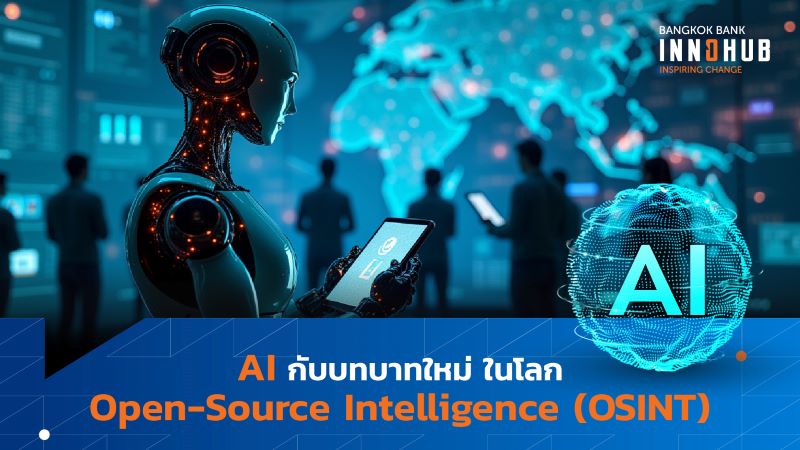The world of business and investing is saturated with discussion around AI. Which jobs will generative AI replace, and when, and what will happen when artificial general intelligence is achieved? Which stocks will benefit most from the coming boom, and which chipmakers will design the digital brains of tomorrow?
To be sure, these questions deserve all the attention they are getting, as AI is set to redefine our relationship with work and society moving forward. But the engineering side of AI has a fascinating story, and many dimensions of it are routinely overlooked by each day’s headlines.
One such story involves the surprisingly difficult problem of maintaining a consistent temperature within AI data centers. If you thought your personal computer or mobile device could get uncomfortably hot during periods of intense use, take a moment to consider the heat generated by a warehouse full of 100,000 high-end AI chips, which are so energy-hungry that they sometimes need an entire dedicated power plant to serve them.
As we will see, cooling these data centers requires an extraordinary amount of resources and engineering talent, across a range of creative design solutions.
Data centers are integral for businesses
Data centers are in many ways the backbone of modern business, housing essential computing hardware and managing digital data for companies worldwide. This data lets organizations learn from and adapt to the behavior of their customers, while also analyzing internal processes to improve efficiency within their own workplaces.
Most companies are too small to operate their own data centers, and instead outsource that task to larger providers such as AWS, Google, and Microsoft. Outsourcing lets companies store their data reliably without having to worry about the technical challenges involved.
Still, as technology advances and AI is further integrated in operations across industries, the role of data centers will become even more fundamental to the global economy. And with this growth comes an increasing need for efficient and sustainable cooling systems.
Why efficient cooling systems are important for data centers
Data centers operate at high capacities, generating substantial heat from servers and equipment. Without effective cooling, overheating can lead to hardware malfunctions, system failures, and potentially catastrophic data loss.
Cooling systems must keep data centers within an optimal temperature range (typically between 18°C and 30°C, just like your home devices) alongside similarly moderate humidity levels. Successful cooling protects critical infrastructure while avoiding costly downtime.
So far, so good — but there are complications. As anyone who pays utility bills knows, even everyday air-conditioning consumes an enormous amount of electricity. In fact, cooling systems require roughly 40% of the entire energy use of a typical data center.
Besides the complexity of the problem, the added challenge lies in balancing the need for reliable cooling with the growing demand for energy efficiency, and engineers remain divided about how best to achieve that compromise.
Examples of cooling technology designs
Standard solutions for industrial cooling involve the massive circulation of water, air, or a combination of the two. Once heated, the water or air is flushed outside where it releases heat into the atmosphere, before being sucked back into the data center. The release of heat is so great that even a data center the size of a washing machine can heat a public swimming pool. Other solutions are as creative as they are varied:
- Alibaba Cloud utilizes free air cooling in its Tibetan Plateau data center, where natural cold air helps regulate server temperatures.
- Also in China, near Hainan island, data centre company Highlander has deployed a commercial facility 35m underwater for constant natural cooling.
- Microsoft, the first company to build an underwater data center, has a new above-ground datacenter that uses water for cooling, but then re-circulates that same water through a series of chillers before sending it back to the servers to start the loop all over again. This closed system eliminates the need for both continuous water consumption and underwater engineering.
- AWS utilizes direct-to-chip cooling systems that integrate liquid and air cooling depending on the chip requirements. This design allows for a 46% decrease in mechanical energy use during peak cooling conditions.
- Meta’s data centers use a combination of free air cooling and evaporative cooling to regulate temperatures. They rely on 100% outside air for cooling, supplemented by evaporative cooling when the outside air is too hot, and humidification to maintain optimal humidity levels for efficient server performance.
Learning from the data
AI data centers, and therefore the systems which cool them, are still in their infancy. Designs will improve, new ideas will be tested, and efficiency across every method outlined above will increase as performance data from the current generation of data center cooling systems is examined.
Conveniently, the AI tools made possible by such systems will play an important role in that same data analysis, and therefore will help to optimize the next generation of cooling equipment.
Eventually, AI will use similar abilities to improve its own design, upgrade itself, and become smarter and more capable than any of us can imagine today. But only if its hardware stays within a moderate temperature range, of course.




